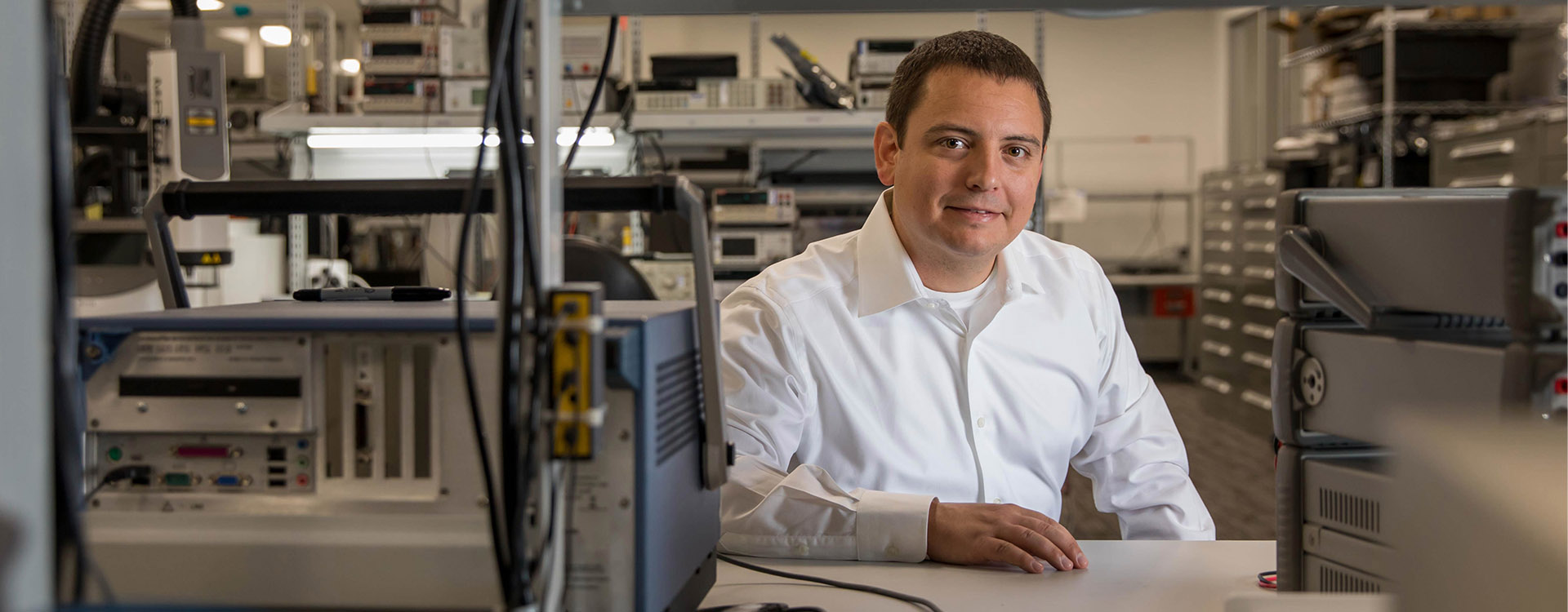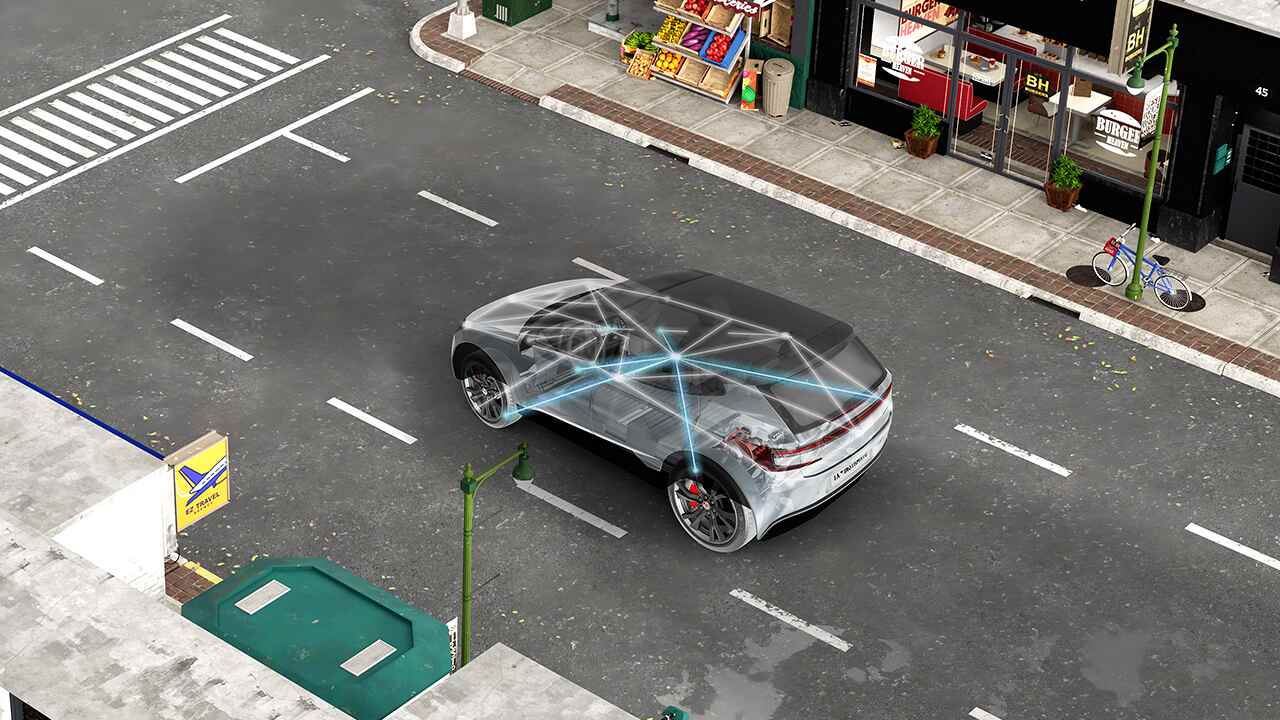As the need grows for real-time control, intelligence and communications at the edge of electronic systems, high-performance MCUs are now providing a simple, cost-effective solution

From smart factories to smart cities, our increasingly automated world requires higher speed, intelligence and precision out of electronics. Automated mobile robots that work collaboratively with humans, for example, need precise motor control to safely navigate around objects along with the faster processing for nanosecond decision-making – all while communicating with one another to work in concert.
Adding advanced edge analytics and high real-time responsiveness to electronic systems is about to become easier and more affordable. We asked Mike Pienovi, general manager for our company’s Sitara™ MCUs, for his thoughts on what’s influencing the evolution of microcontrollers to meet the needs of smart, connected systems.

Read our technical article, “5 ways high-performance MCUs are reshaping the industry”
Q: From your perspective, what trends are placing new demands on microcontrollers?
What we’re hearing in conversations with engineers and from the industry – whether it’s in manufacturing, data centers, smart cities or next-generation vehicles – is an explosive demand for more intelligence at the edge and more data being transferred between systems. Edge intelligence brings computation closer to the devices where real-time decisions need to happen, rather than relying on a central location. This allows factory robots, for example, to make quick, real-time decisions needed to perform complex local tasks, to transfer data from machine to machine at a lower cost and process secure data locally to help keep it protected. And I think the ultimate goal for any company is to make their warehouses or factories as productive and efficient as possible. If robots can perform tasks faster and with better precision, throughput is going to increase.
Another key trend here is the emerging requirement for functional safety. In many cases, humans are now interacting with these machines, so you need to have different mechanisms to make sure nothing goes awry and you need more intelligence in the devices that are controlling those systems. So I think that’s an extra layer on top of the performance and precision levels that these systems are expected to operate under.
As these systems are increasingly connected, there’s a demand for microcontrollers (MCUs) that offer more processing performance, higher bandwidth for communication between devices, better real-time control and increased safety and security.
Q: How are MCUs evolving, and why now?
Traditional flash-based MCUs are generally used to control components such as sensors, switches and motors. To meet growing automation demands, we’re seeing customers ask their MCUs to do more – including ramping up performance, computing large amounts of data very quickly and communicating it across a variety of different connected system, which are traditionally more of a processor role.
Our goal is to give engineers multiple options for solving their design challenges by developing embedded processing solutions that provide the right level of performance in an architecture that’s easy to implement and meets additional needs in the system, including security or networking. We designed our company’s new Sitara AM2x MCUs to bridge the gap between microcontrollers and processors, and provide additional capabilities for electronic systems where processing requirements are doubling or tripling.
Q: In addition to robotics, what other systems can benefit from using high-performance MCUs?
There are a variety of ways you could use high-performance MCUs across industries, but two additional markets that stand out to me are automotive and grid infrastructure. Both of these markets are demanding faster computing in their systems. In the software-defined car, you can utilize the low latency real-time control loops on high-performance MCUs to enable more advanced powertrain control or the higher processing power to increase communication throughput for in-car networking. You could also use this same technology in grid applications to support higher and more intelligent energy transfer from the grid to the car.
Proliferation of sensor technology in smart buildings also requires better processing performance. If you can incorporate analytics into a system at the edge, the system can make faster and more complex decisions based on its environment and do things like customize the temperature or lighting in the room.
Q: What could this technology make possible in the future?
I think the interesting thing would be to look at key markets where we see processor-level technology being used today – like adaptive suspension in cars, for example – and allow that to be done in a simpler way. We’re enabling engineers to bring cost-effective analytics into our devices, which will allow that capability to become even more pervasive in the market in the future.
From an engineering perspective, bringing a much higher performance level into a microcontroller will allow people with less background in embedded development to work on these solutions. We’re making it easier for our customers to take advantage of this capability by providing hardware and software resources that make the design process easier to navigate. At the end of the day, our goal is to make this technology easy for engineers to design into systems of the future and meet evolving demands of an increasingly automated world in new and innovative ways.




